Coatings
Development
Make use of our engineering skills!
AST® is one of the leading European suppliers of thermal coatings. Our intensive research work means that we are constantly creating new coating applications. Apart from high-quality standard coatings, we also develop and produce customised surfaces for tailor-made applications. Owing to our extensive expertise when it comes to processes, we will find the optimum type of coating for you, and help you design new parts suitable for the coating.
.
Get in touch and ask us about it.
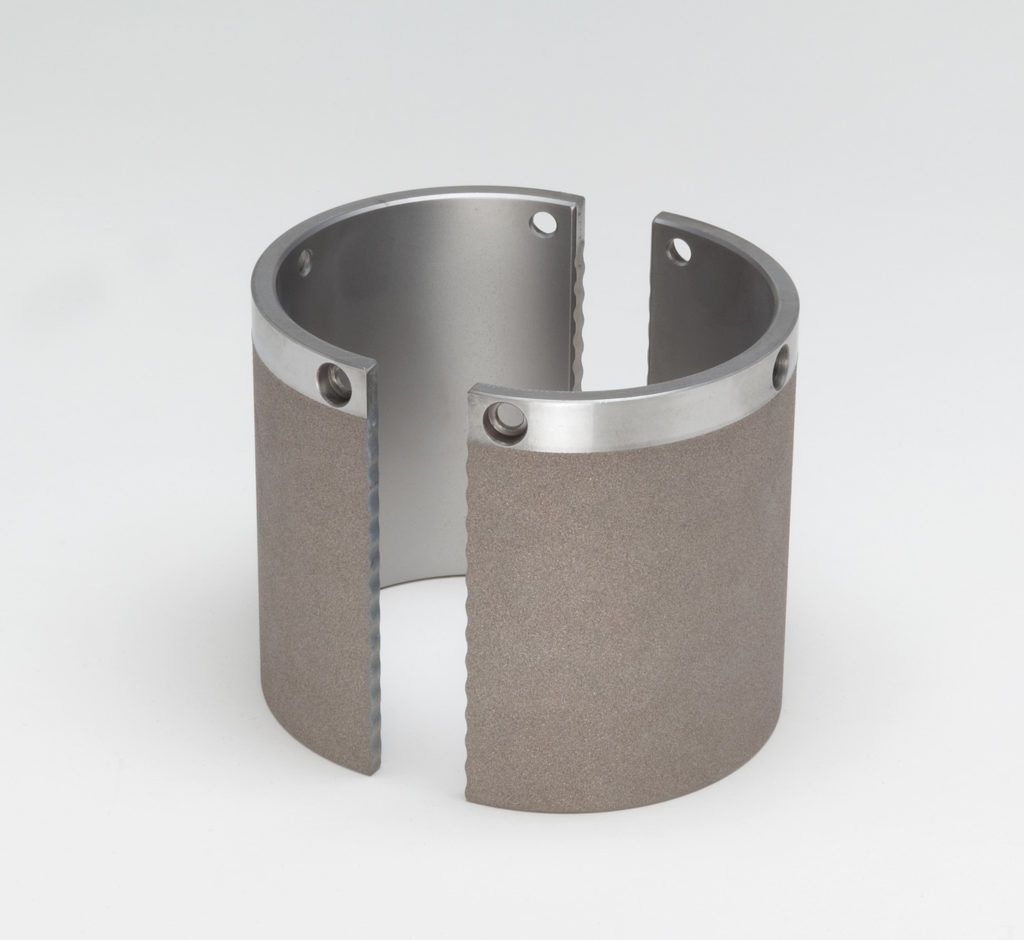
Your benefits
- Increased added value of your systems and machines
- Reduced machine downtime
- Reduced maintenance and repair
- Increased productivity, resulting in cost savings
- Electrical and thermal insulation or conductivity
- Traction or non-stick characteristics
- Protection from corrosion and wear
- Harmful cleaning agents can be done away with
- Resistance to many chemicals, acids and alkalis
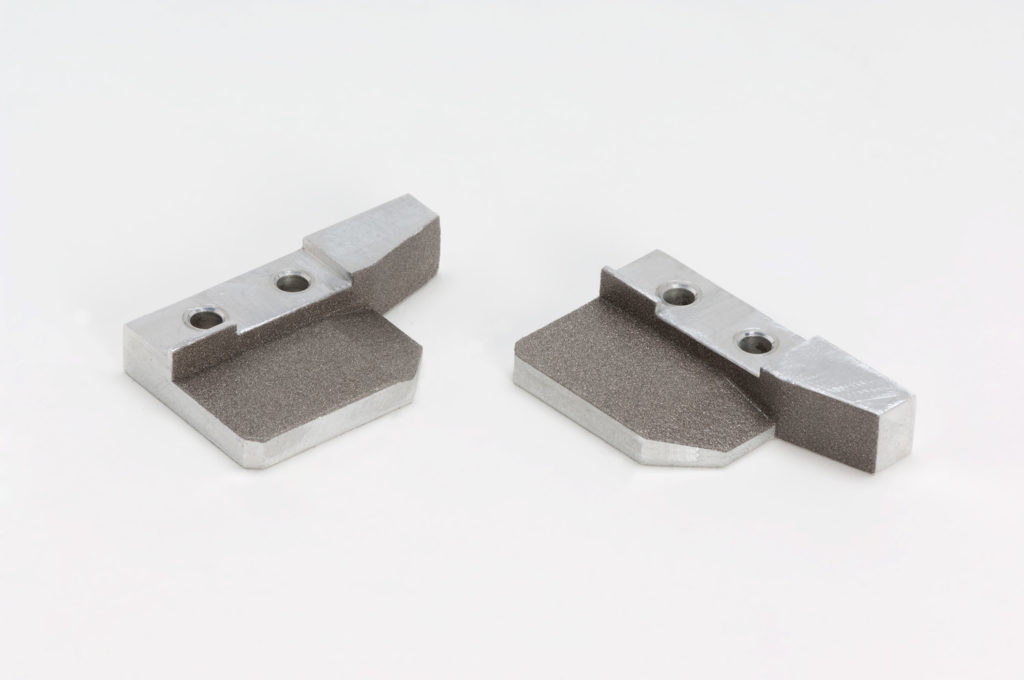
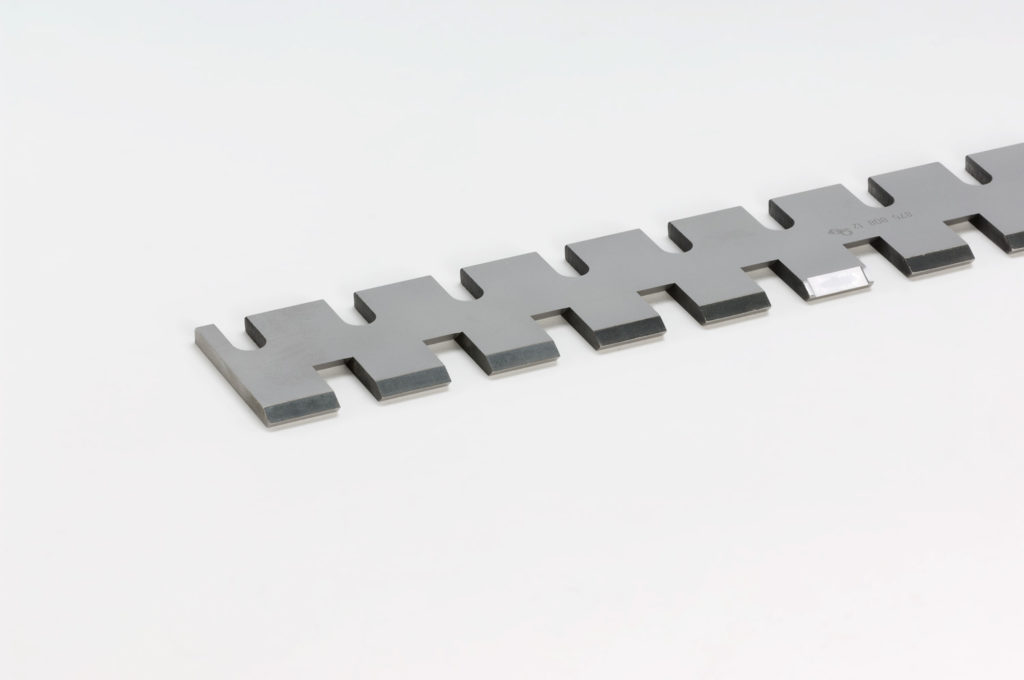
Types of coating
Increase the value of your system
THERMCOAT® coatings offer reproducible surfaces that are worthwhile because, apart from the technical benefits, high cost-effectiveness is very important to us.
We would be happy to explain which type of coating would be ideally suited to your application at any time. Are you interested? Use our contact form to make an enquiry with no obligation.
THERMCOAT® non-stick and low-friction coatings
Duplex coatings made from a combination of thermal sprayed metal, carbide or ceramic coatings with additional polymer sealing. The layers have a high wear resistance and very good non-stick properties, with high traction or with very good low-friction coatings.
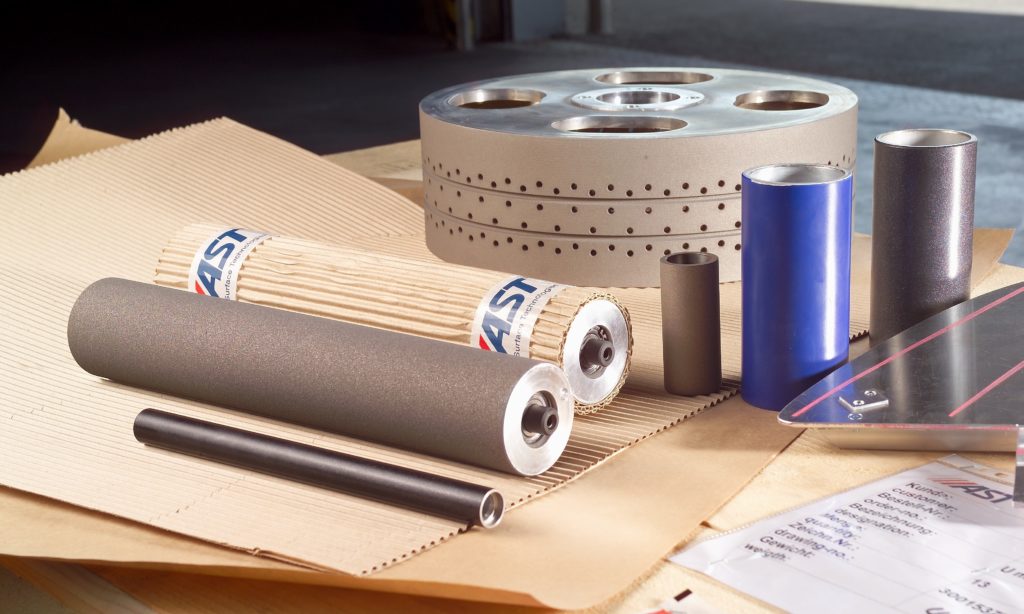
THERMCOAT® ceramic coatings
Ceramic coatings are characterised by a high hardness and outstanding resistance to abrasion and wear. They are also very resistant to chemicals and electrically insulating. The high resistance to corrosion has been certified by a salt-water spray test according to DIN EN ISO 9227 lasting over 1,000 hours.
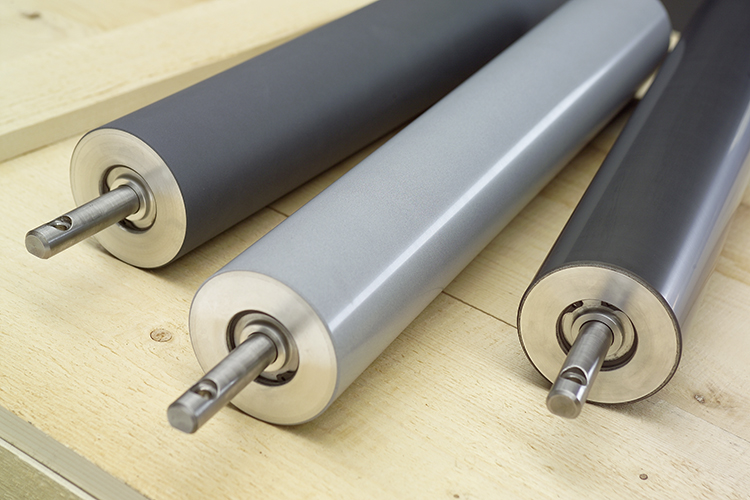
THERMCOAT® metal coatings
Metal or alloy coatings are suitable for preventive surface treatment and for the repair of faulty machining or of damaged components. Even very thick layers are possible, and these can subsequently be machined by turning or grinding.
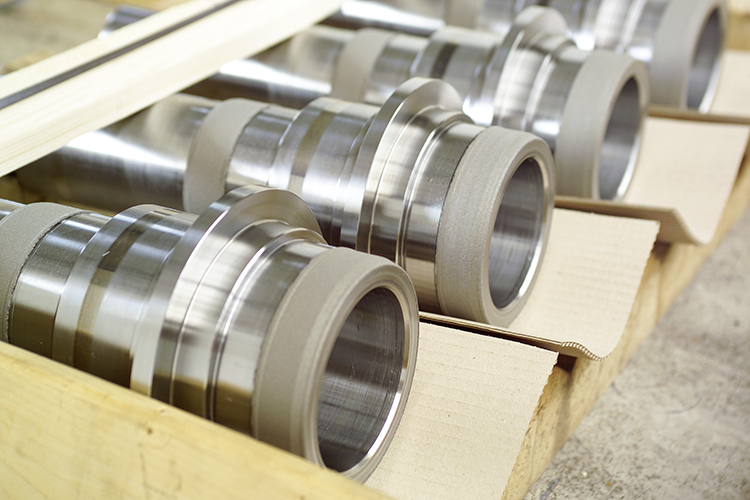
THERMCOAT® carbide coatings
Carbide coatings offer outstanding protection from a variety of types of wear. These impact-resistant, conductive layers are also very resistant to cuts. We have optimised our processes to be able to produce surfaces which are almost free from pores (with Rmax < 0.6 μm).
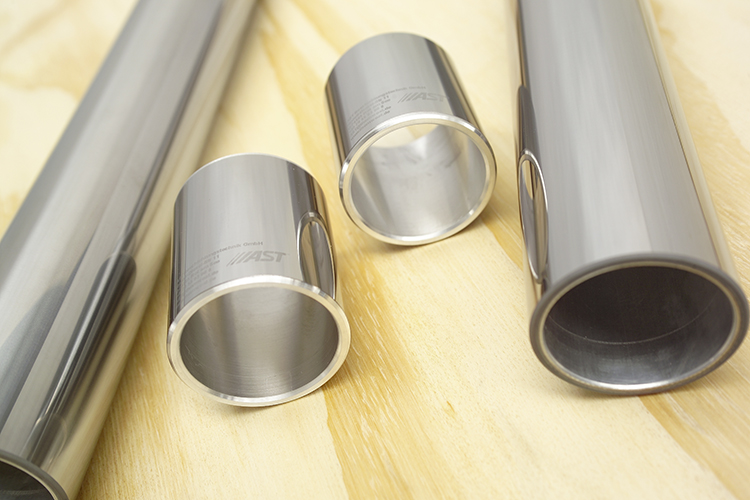
Reproducible success
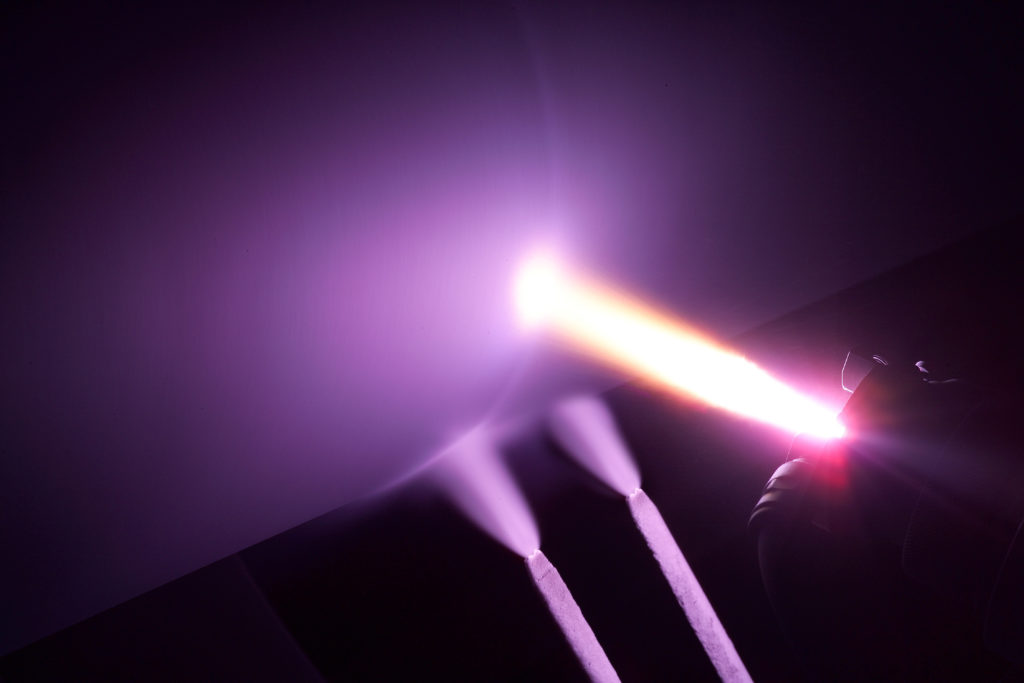
Success is reproducible
The superior properties of THERMCOAT® coatings ensure optimal results, increased productivity and add a great deal of value.
The excellent quality of our coating technology has been used across the entire spectrum of industrial production for over 20 years. Custom solutions maximise the benefits to customers in this and in other sectors:Sprechen Sie uns darauf an!
The superior properties of THERMCOAT® coatings ensure optimal results, increased productivity and add a great deal of value.
Plasma spraying
A gas (e. g. argon, nitrogen, hydrogen or helium) is fed through an arc between a cathode and a water-cooled anode, which dissociates and ionises the gas. This creates an extremely hot (up to 20,000 K) and electrically conductive gas into which the coating material is introduced; it is then accelerated and is sprayed onto the workpiece to be coated.
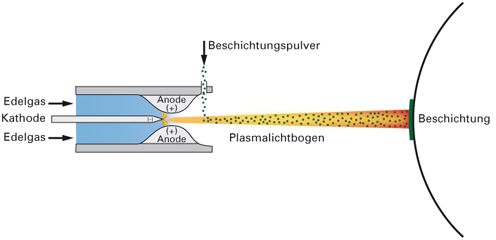
Arc sprayingn
This is a high-performance wire-arc spraying process in which an arc is ignited between two electrically charged wires. At temperatures of approximately 4,000° C, the wires melt and are blown onto the surface of the workpiece by an atomising gas (e. g. compressed air, nitrogen or argon). With this process, layers with a thickness of 0.2 to 20 mm can be achieved. If hollow wire filled with ceramic or carbide material is used, then carbide layers can be produced.
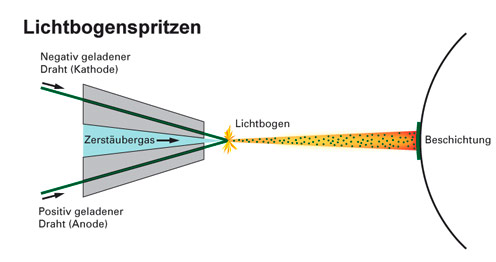
High-speed flame spraying
A mixture of fuel and oxygen is constantly burnt in a combustion chamber. The fuel used could be paraffin, propane, ethylene or hydrogen, for example.
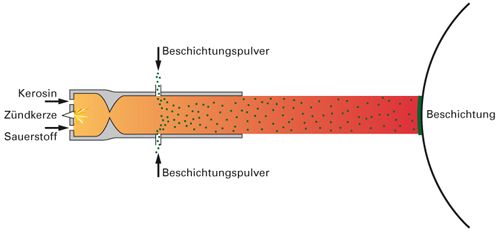
The high pressure of the burning mixture creates a very high-speed gas jet to which mostly powdered spray material is added and greatly accelerated. This is how very dense coatings with outstanding adhesion can be produced. Due to the relatively low temperatures, the material sprayed is subject to only slight metallurgical changes.
Powder flame spraying
Here, the powdered coating material is continuously melted in an acetylene-oxygen flame. As the combustion products expand, the powder is both melted and accelerated. With more than 100 different materials, a wide variety of types of coating can be produced. We discern here between self-levelling and self-adhesive powders. Self-levelling powders generally do not require a subsequent thermal process to melt and smooth them.
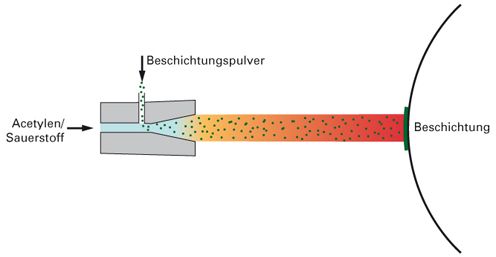
Wire flame spraying
Here the coating material, supplied as a wire, is continuously melted in an acetylene-oxygen flame. An atomiser gas (e. g. compressed air) is then used to further accelerate the mixture and spray it onto the workpiece.
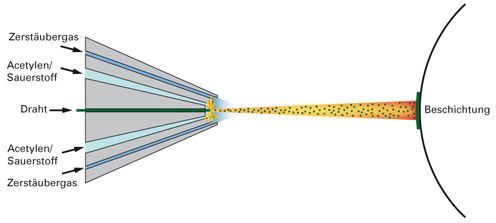
Applications
There is a wide variety of uses
Our rollers and coatings are used in the following areas:
- Welding knives
- Construction of containers, e.g. for glue
- Offshore sector
- Hygiene and food industries
- Parts for car tools
- Turbines and mixers
- Toolmaking
- Slides, funnels, tubs and weighing dishes
- Reconditioning worn roll necks
- Internal tube coatings (suction pipes)
- Guides
- Gear forks, piston rings, clutch plates, sliders
- Guides, bearing seatings, etc.
- Components from chemical plants
- Shaft protection sleeves
- Bearings, anti-wear plates
- Dispensing worm drives
- Spindles
- etc.
